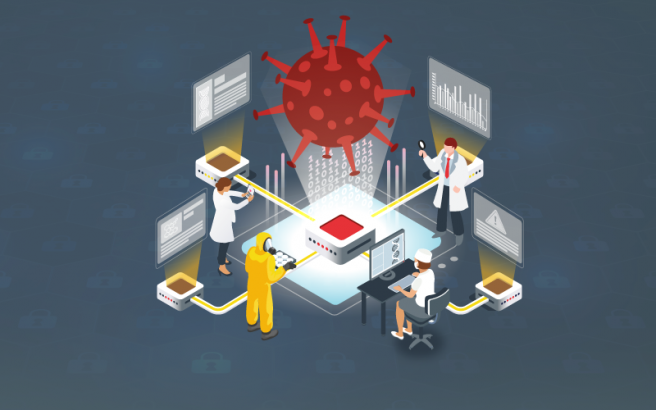Red Team in mysterious waters
Posted on 16/02/2023, by
INCIBE (INCIBE)

The proliferation of cybersecurity incidents in industrial environments has given rise to a huge concern in the various existing sectors. Some of them, such us the energy sector, are choosing the path taking in the banking sector with the TIBER-EU framework. In addition, many governments are allocating large sums of money to their government agencies to develop strategic plans in which that exercises are included
Etiquetas














